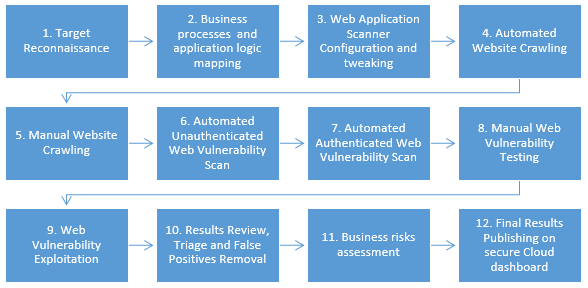Thefatrat
An easy tool to generate backdoor and easy tool to post exploitation attack like browser attack,dll . This tool compiles a malware with popular payload and then the compiled malware can be execute on windows, android, mac . The malware that created with this tool also have an ability to bypass most AV software protection.Automating metasploit functions
- Create backdoor for windows , linux , mac and android
- bypass antivirus backdoorr
- Checks for metasploit service and starts if not present
- Easily craft meterpreter reverse_tcp payloads for Windows, Linux, Android and Mac and another
- Start multiple meterpreter reverse_tcp listners
- Fast Search in searchsploit
- Bypass AV
- File pumper
- Create backdoor with another techniq
- Autorunscript for listeners ( easy to use )
- Drop into Msfconsole
- Some other fun stuff
Change log v1.9
- v1.9.4 – Fatrat will be full terminal mode , Powerstage tool added , Setup script rebuilded
- v1.9.3 – Added update script
- v1.9.3 – Dex2Jar will be installed from now on from Fatrat setup manually on user system (reason: Kali repo still uses old version)
- v1.9.3 – Updated Android build tools to V.26 RC1 & Android Platform V. 25-R03
- v1.9.3 – Updated dana travis backdoor-apk to 0.2.2 into fatrat / added openssl in setup
- v1.9.2 – Msfvenom Android rat will be signed with android certificate , so it can be installed properly
- v1.9.2 – Implemented Default Lhost & Lport config to fatrat & powerfull shell creator
- v1.9.2 – Fixed payload in pnwinds option2
- v1.9.2 – Implemented Stop functions in pnwinds
- v1.9.2 – New signing process in old method backdoor apk & option to create listener
- v1.9.2 – Implemented possibility for user to save msfconsole listeners
- v1.9.2 – Fixes in Microsploit
- v1.9.2 – Implemented local ip , public ip & hostname display to powerfull.sh
- v1.9.2 – Implemented local ip , public ip & hostname display before user set Lhost
- v1.9.2 – Implemented log creation for microsploit & fixed bugs
- v1.9.2 – Added effective way to detect user linux distribution
- v1.9.2 – Setup.sh ( patched )
- v1.9.2 – bug in microsploit ( patched )
- v1.9.2 – delt some function and variable
- v1.9.1 – v1.9.1 – Implemented Microsploit (Office Exploitation Tool)
- v1.9b – Implemented Backdoor-apk from Dana James Traversie in this version .{ Less tools to install during setup.sh }
- v1.9.0 – update script setup.sh
- v1.9.0 – del some variable and function
- v1.9.0 – fixed typo and bugs
- v1.9.0 – Backdoor APKS have a new payload hiding method in rat apk to not be detected .
- v1.9.0 – APK (5) rat rebuild totally changed .(adapted backdoor-apk script to fatrat to both work together)
- v1.9.0 – Apktool will not be installed no more by setup.sh , the same thing applies to : dx , zipalign (apktool on debian repo is 2.2.1 , and that version have a bug that gives error on compiling the apks , so , apktool and android tools were updated to latest version 25.0.2 and embeded in (tools) directory of fatrat .
Download & Installation

Source: Github






















